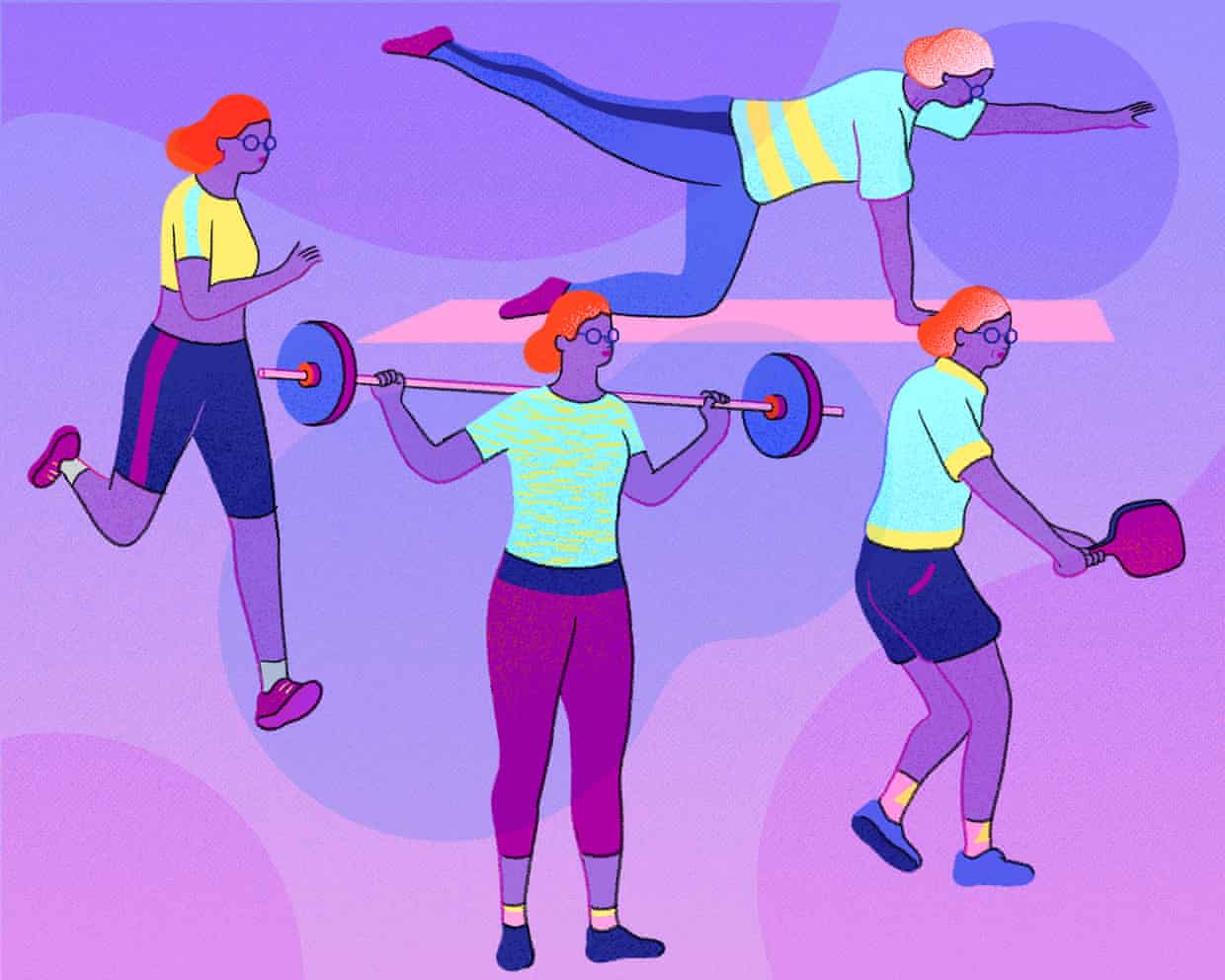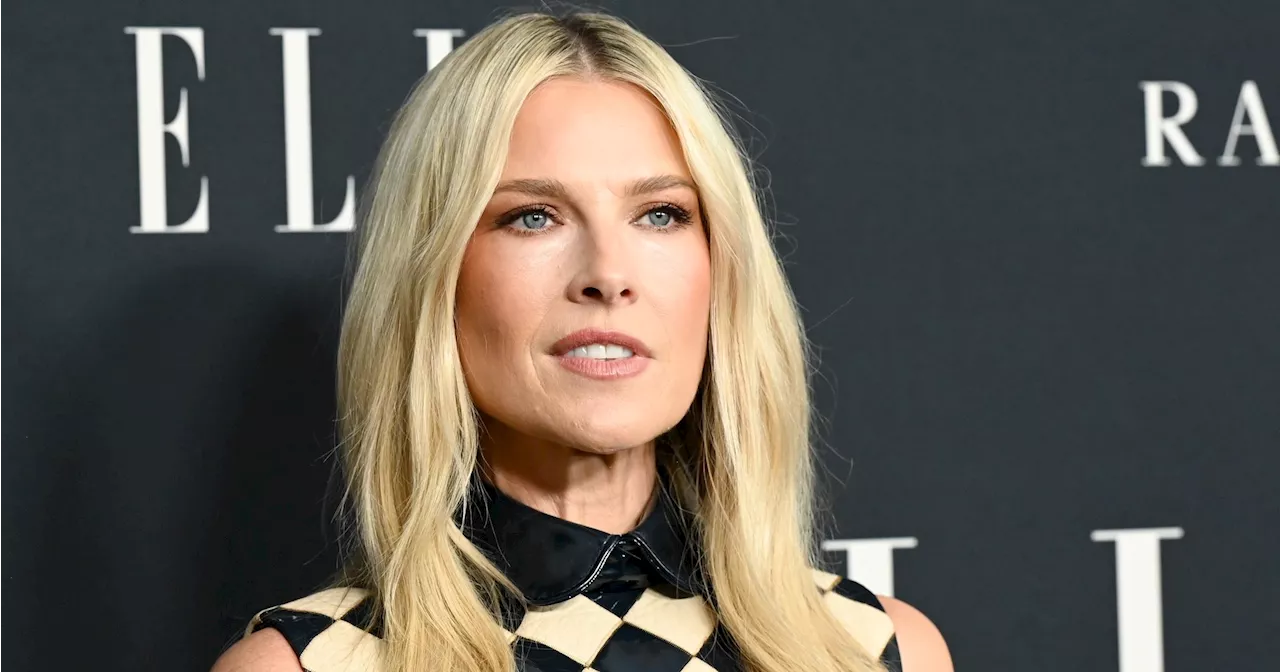In a significant shift in health perspectives, recent discussions among medical professionals highlight the need for older adults to adapt their exercise routines as their bodies change with age. Many individuals in their 40s and 50s continue to push their physical limits, often ignoring signs of wear and tear. This trend poses a risk of injury and underscores the importance of modifying exercise habits.
Dr. Emily Finkelstein, a geriatrician at Weill Cornell Medicine, emphasizes that while exercise remains crucial for healthy aging, it must be approached with realistic expectations. “Our muscle mass and our performance peak in our mid-30s and start to naturally decline after that,” she explains. As people age, factors like loss of muscle mass and decreased bone density can lead to a higher risk of injuries during physical activity.
A 2020 study revealed that almost 91% of individuals admitted to emergency rooms for pickleball-related injuries were over the age of 50. This statistic illustrates the dangers of engaging in high-impact sports without adjusting one’s routine to account for aging bodies. Many individuals, influenced by the notion that “50 is the new 30,” often underestimate the changes their bodies undergo and continue to train as if they were much younger.
Dr. Rosanne Leipzig, a professor at the Icahn School of Medicine at Mount Sinai, highlights the misconception surrounding physical capabilities as one ages. “Ageing begins at birth, and your abilities are definitely going to change,” she says. Both Finkelstein and Leipzig agree that while it is essential to remain active, it is equally important to be adaptable and responsive to one’s physical condition.
Understanding the Need for Adaptation
As individuals enter midlife, adjusting exercise routines becomes critical. This adaptation may involve allowing more recovery time between intense workouts, incorporating stretching, and integrating strength training into fitness regimens. Dr. Melissa Leber, an associate professor of orthopedics, advises that older adults should allocate about 50% of their exercise time to strength training and 50% to cardiovascular activities. As one ages, this ratio should shift to 60% strength and 40% cardio by age 60, and 70% strength and 30% cardio by age 70.
Moreover, it is crucial to pay attention to bodily signals. When experiencing pain or discomfort, seeking advice from a qualified professional is essential. Finkelstein points out that many general practitioners lack specific training in exercise physiology, making it important to consult specialists who can provide tailored exercise recommendations.
The conversation around exercise should also consider individuals’ motivations for their chosen activities. For instance, a tennis player who enjoys the social aspect may benefit from switching to pickleball, which is less strenuous while still providing social interaction.
Realistic Expectations and the Role of Media
Finkelstein raises concerns about the influence of media, particularly social media, on public perceptions of aging and fitness. With the rise of wellness influencers promoting quick fixes and unrealistic fitness goals, individuals may develop distorted expectations about their capabilities. A focus on ‘superagers’—those who maintain physical and mental abilities akin to much younger individuals—can create a false narrative around normal aging.
As the number of cosmetic procedures has surged by 42.5% globally over the past four years, concerns about ageism and unrealistic self-expectations continue to grow. Leipzig notes, “In our society, we have a huge problem with accepting the fact that things are going to change.”
Instead of aspiring to remain perpetually youthful, experts advocate for embracing the aging process and recognizing that “50 is 50.” Accepting the natural changes that come with age should lead to a healthier approach to fitness, fostering resilience rather than denial.
In conclusion, adapting exercise routines as one ages is not just beneficial; it is necessary to ensure longevity and reduce injury risks. Being flexible and responsive to changing physical capabilities allows individuals to maintain an active lifestyle while acknowledging the realities of aging.







